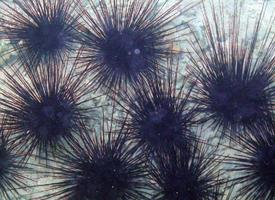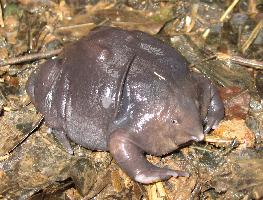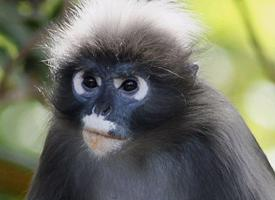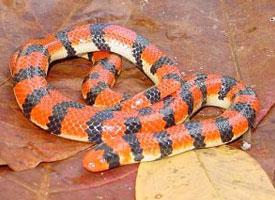
Stav ohrožení
| Ohrožen |
Popis zvířete
Sea urchins, belonging to the class Echinoidea within the phylum Echinodermata, are fascinating marine animals that have intrigued scientists and ocean enthusiasts for centuries. These unique creatures are characterized by their hard, usually spherical shells called "tests," which are covered in an array of movable spines. The test is made up of plates of calcium carbonate and contains the sea urchin's internal organs. These spines serve not only as a defense mechanism against predators but also assist in locomotion and camouflage.One of the most distinctive features of sea urchins is their radial symmetry, a characteristic they share with other echinoderms, such as starfish. This means that their body parts are arranged around a central axis. However, unlike starfish, sea urchins do not have arms but possess a unique movement mechanism through hundreds of tiny, tube-like structures called tube feet. These tube feet, part of the sea urchin's water vascular system, allow for slow movement across the sea floor and are also used for feeding and respiration.
Sea urchins have a wide distribution, found in every ocean and at various depths, from shallow tide pools to the deep sea. Their habitats range from rocky shores, coral reefs, to sandy and muddy bottoms. This broad distribution is a testament to their adaptability and the diversity of the class, which includes over 950 species. Each species has adapted to its specific habitat in terms of size, color, and spine configuration. Some species have short, blunt spines, while others boast long, sharp ones. Their colors can also vary widely, including black, purple, green, blue, and red, helping them blend into their environments or ward off potential predators.
Sea urchins play a significant role in their ecosystems. They are primarily herbivores, grazing on algae and helping to control algae populations on reefs and rocky sea beds. However, their feeding habits can also lead to overgrazing, causing damage to coral reefs and other marine environments if their populations are not kept in check by predators. Their natural predators include sea otters, starfish, certain fish species, and humans, who harvest them for their roe, considered a delicacy in many parts of the world.
Reproduction among sea urchins is typically external. During spawning events, which can involve large numbers of individuals, males and females release their sperm and eggs into the water column, where fertilization occurs. The resulting larvae are planktonic, drifting with ocean currents until they undergo metamorphosis into their adult form and settle to the ocean floor.
Sea urchins possess a unique feeding apparatus known as Aristotle's lantern, which consists of five tooth-like plates that can be protruded to scrape algae and other food off rocks. This intricate mechanism is a marvel of natural engineering, allowing sea urchins to feed efficiently in their diverse habitats.
In recent years, sea urchins have become a subject of interest in biomedical research due to their remarkable ability to regenerate lost spines and other body parts, offering potential insights into regenerative medicine and aging. Moreover, their evolutionary history and development have provided valuable information for studies in evolutionary biology and developmental genetics.
In summary, sea urchins are complex and intriguing marine animals with a wide range of adaptations that allow them to thrive in diverse marine environments. Their ecological role, unique physiological features, and potential applications in science and cuisine make them an important subject of study and fascination.
Podobná zvířata
Nové fotografie zvířat
Top 10 zvířat
- Chinese water dragon (Physignathus cocincinus)
- Galápagos tortoise (Geochelone nigra complex)
- Sea urchins (Echinoidea)
- Diana monkey (Cercopithecus diana)
- Dolphin gull (Leucophaeus scoresbii)
- Moustached guenon (Cercopithecus cephus)
- Japanese macaque (Macaca fuscata)
- Royal penguin (Eudyptes schlegeli)
- Hen harrier (Circus cyaneus)
- Barbary macaque (Macaca sylvanus)


